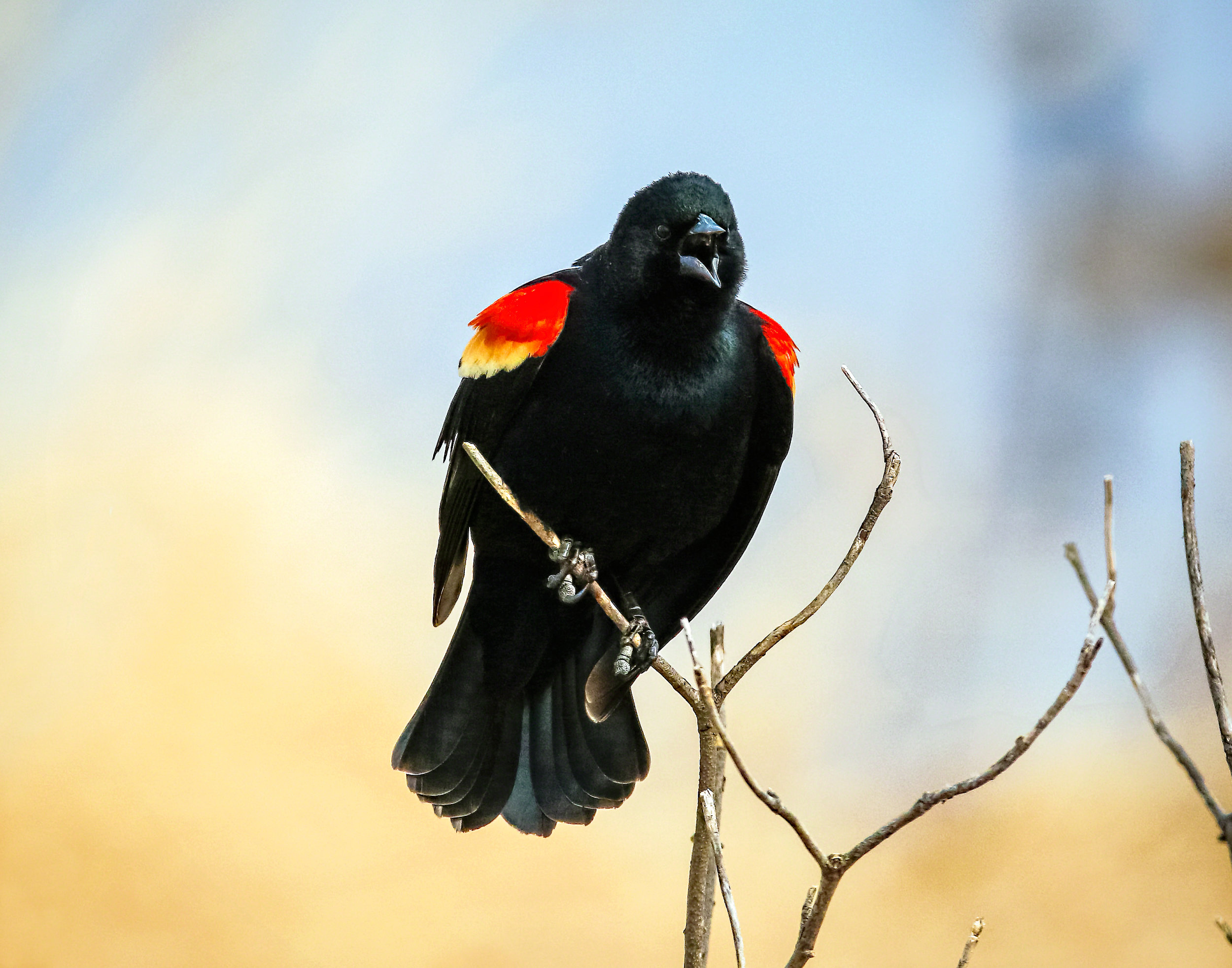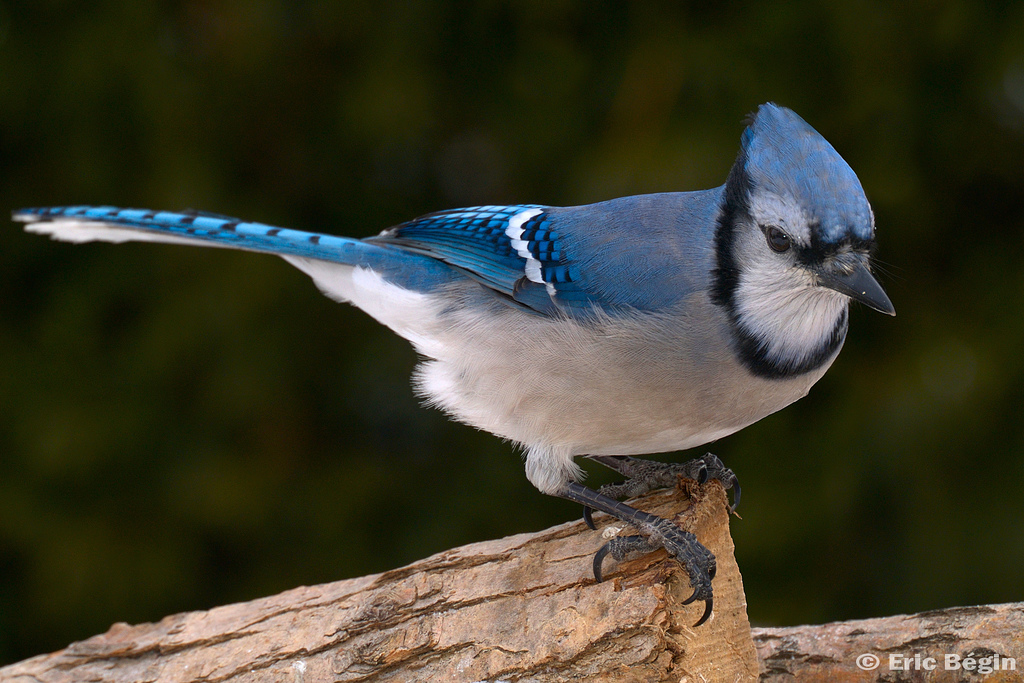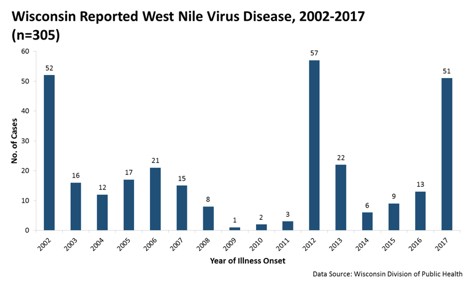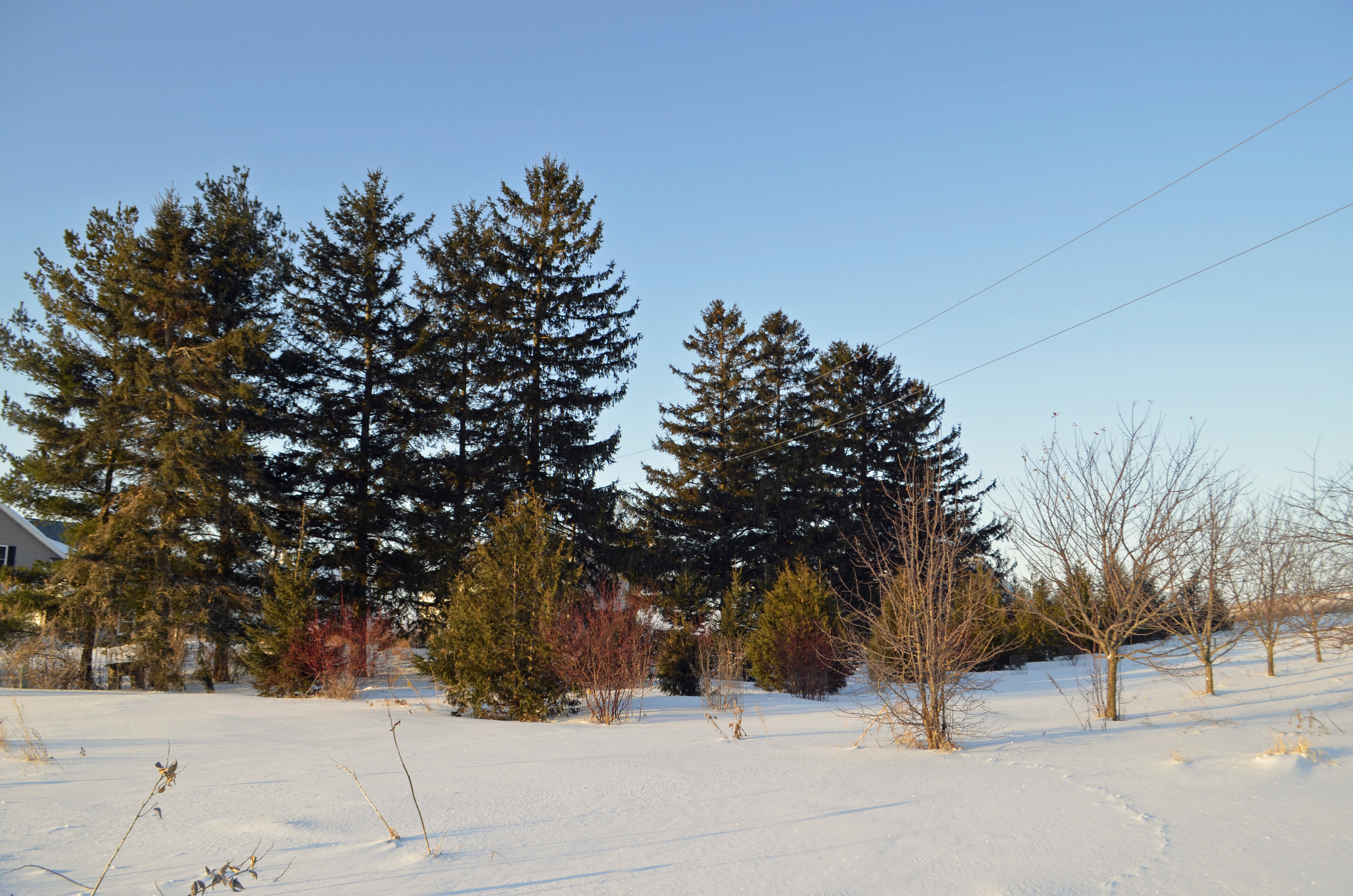As Wisconsinites, many of us pride ourselves on our cold tolerance during harsh mid continental winters. People joke about grilling shirtless in the snow, and we openly chuckle when southerners look like they’re about to cross open tundra at 55°F. Our confidence ends when open water is involved. Strong rivers like the Mississippi, Wisconsin, Wolf, and Rock have high enough flow rates to keep from freezing, and the Great Lakes also retain open water. Because it is a poor insulator, water saps heat from the body with deadly speed. Common goldeneyes (Bucephala clangula) and a few other hardy water birds in Wisconsin don’t huddle on the surface in a melancholy group, but rather splash around as though enjoying a warm bath.
Drake common goldeneye. Photo by Jim Edlhuber
Drakes are black and white with an iridescent black and green head that features a conspicuous round white spot near the base of their bill. Hens have a brown head, yellow bill tip, and gray body. Goldeneyes do indeed have golden eyes, but this is not diagnostic as many other diving duck species claim this characteristic. Strong wedge shaped bills are perfect for crushing shellfish and other aquatic invertebrates. Fish and fish eggs are also preferred food sources, and goldeneyes usually forage in water that is five to twenty feet deep.
Common goldeneyes trend as far north during winters as the ice line will allow. They are some of the last ducks to show up during the fall migration and are early pioneers in the spring. The first ducks to arrive at Goose Pond this year were a trio of goldeneyes, and they’ll likely be headed north to Canada’s boreal forest for breeding within the next week. Low densities of goldeneyes do nest in Wisconsin with concentrations around the boreal forest habitats of Bailey’s Harbor, Door County and Lake Namekagon. It is well known that wood ducks are cavity nesters, but three species of diving ducks utilize tree cavities including buffleheads, hooded mergansers, and goldeneyes.
Characteristic trees of a boreal forest are conifers like spruce, balsam fir, and tamaracks, but some deciduous species like aspen, cottonwood, and white birch are mixed in. Conifers make for poor cavity trees as their wood is less susceptible to microbial decay, and the deciduous species listed above are prone to rapid deterioration and toppling over at a young age. Goldeneyes can’t dig into trees, so how do sufficient amounts of nesting cavities exist in boreal forests?
Pileated woodpeckers and northern flickers are primary excavators, meaning that they mine new holes into trees with their specialized beaks. The cavities are used in subsequent years by wildlife (secondary cavity nesters) including flying squirrels, chickadees, nuthatches, barn owls, buffleheads, goldeneyes, and a plethora of other bird species. Goldeneyes have been found nesting in wood duck boxes, but this is rare because duck boxes are not usually erected within the goldeneye breeding range.
Common goldeneyes and buffleheads. Photo by Arlene Koziol
With an abundance of sheetwater at Goose Pond, waterfowl species are gravitating to the area in search of food, rest, and potential breeding sites. Goldeneyes, redheads, scaup, buffleheads, ring-necked ducks, hooded mergansers, pintail, widgeon, mallards, wood ducks, and Canada geese can all be viewed from Kampen Road. Check out the Goose Pond eBird Hotspot to see what birds are on the pond, and to record what you see.
Muskrat family in the sun. Photo by Richard Armstrong
Record high water levels flooded muskrats out of their houses, and now groups of eight or ten individuals commonly squish themselves together to sunbathe in a furry clump within fifty yards of Goose Pond Road. Almost all goldeneyes will be gone by April, so don’t hesitate to come out and look for them. Goldeneyes still have to travel hundreds of miles north to arrive at their core breeding grounds, and they certainly won’t wait for you.
Written by Graham Steinhauer, Goose Pond Sanctuary land steward























